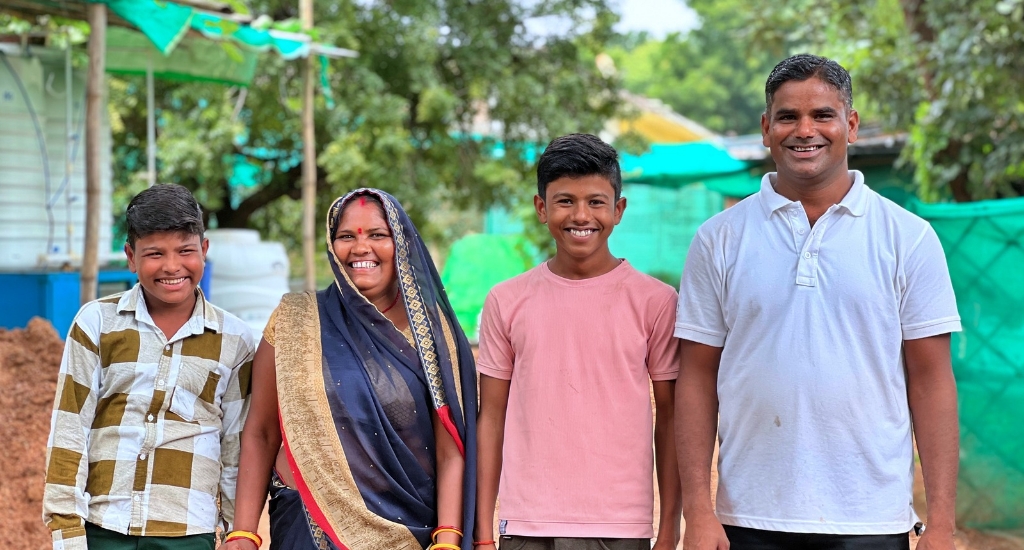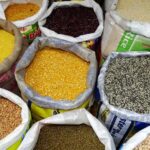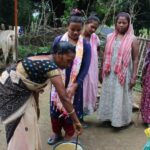Pulses are the unsung heroes of fields, boasting remarkable water efficiency, making them pivotal in our agricultural initiatives. On World Pulses Day, let’s take a look at Balchandra Ahirwar, a pioneering farmer from Lidhoratal village in Madhya Pradesh’s Tikamgarh district. He is championing water efficiency through pulse cultivation, supported by the non-profit organisation Srijan.
Pulses, with their innate ability to thrive with minimal irrigation, present a powerful solution to the pressing issue of water scarcity. By embracing pulse cultivation, we take a significant step towards sustainable water management in agriculture.
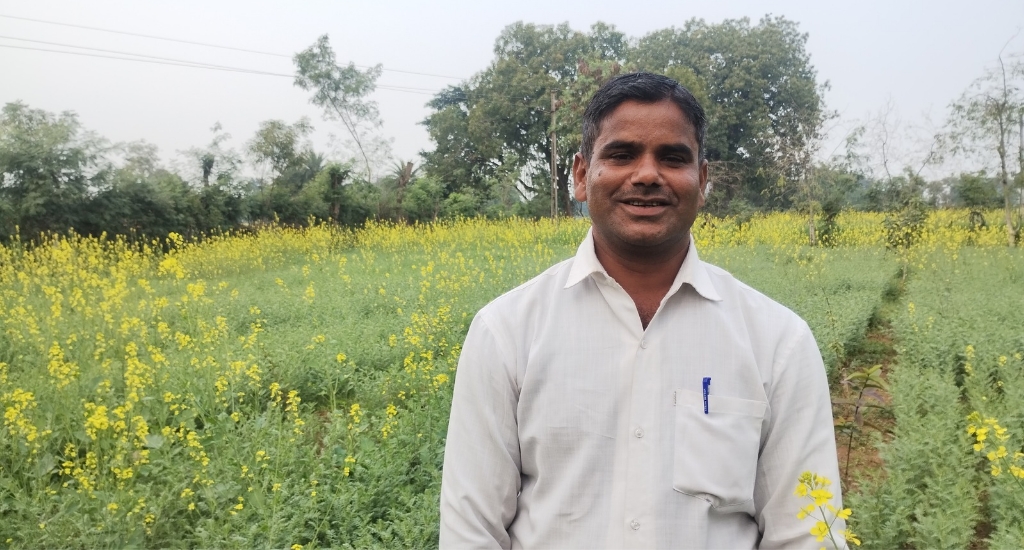
“In the old days, when I farmed wheat conventionally, I had to constantly water the crops, sometimes up to three or four times during a crop cycle. But with pulses, it’s different. I only need to water them once, saving a lot of water in the process,” says Balchandra Ahirwar.
Also read: Reviving traditional red gram in drought-prone Dewas, MP
Pulses nourish the soil
Integrating pulses into crop rotation enhances soil structure and fertility, reducing the need for excessive irrigation. This approach not only conserves water but also nurtures a resilient and thriving agricultural ecosystem.
Ahirwar, who owns two acres of land, has become known in the region for adopting low-cost, natural farming techniques. These have helped in increasing production and improving food quality in his vegetable garden and fruit orchard, where he grows nearly 44 different crops.
When I adopted a crop rotation pattern, by planting a variety of crops such as wheat one year and chickpeas or peas the next, it led to an increase in the overall fertility of the land.
Pulses nourish people
It’s a catalyst for positive change in rural communities. By empowering farmers with water-efficient practices, we not only safeguard our water resources but also contribute to the economic well-being of farming communities, fostering a cycle of sustainable growth.
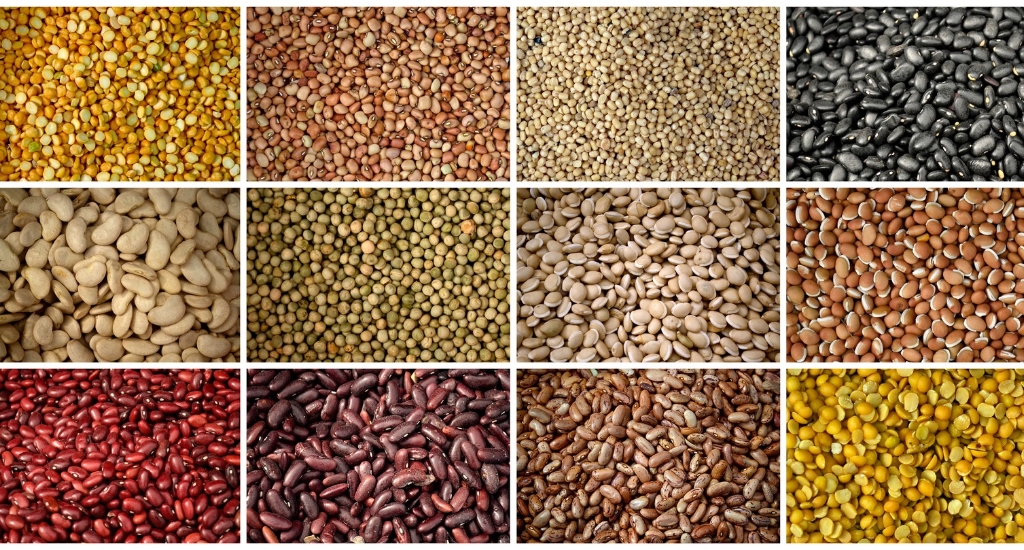
“We no longer need to buy pulses as we grow our own. Plus, selling pulses as a commercial crop fetches good rates. Moreover, I control pests with homemade natural products, saving on the cost of buying medicines,” adds Ahirwar.
Srijan (Self-Reliant Initiatives through Joint Action), which works in the Bundelkhand region spread across 14 districts in the states of Madhya Pradesh and Uttar Pradesh, focusses on supporting small farmers, including women. Besides promoting natural farming, it also works on community-driven water conservation initiatives. It has organised desilting of tanks in several villages, besides arranging for repairs of check dams and digging saucer-shaped pits called dohas in water channels to help retain water during dry months.
Also read: This Maharashtra village is home to 10 aromatic rice varieties
Incidentally, nearly 60% of Bundelkhand’s population depends on agriculture, either as cultivators or labourers, according to the Bundelkhand Drought, a report released by the National Institute of Disaster Management.
To increase the production of foodgrain including pulses, Government of India’ s Department of Agriculture and Farmers Welfare is implementing National Food Security Mission-Pulses in 28 states & two Union Territories viz. Jammu & Kashmir and Ladakh. Under the programme, incentives are given to farmers for cluster demonstration, seeds distribution & production of certified seeds of High Yielding Varieties, farm machineries/tools, efficient water saving devices, plant protection chemicals, nutrient management, soil ameliorants and training to the farmers.
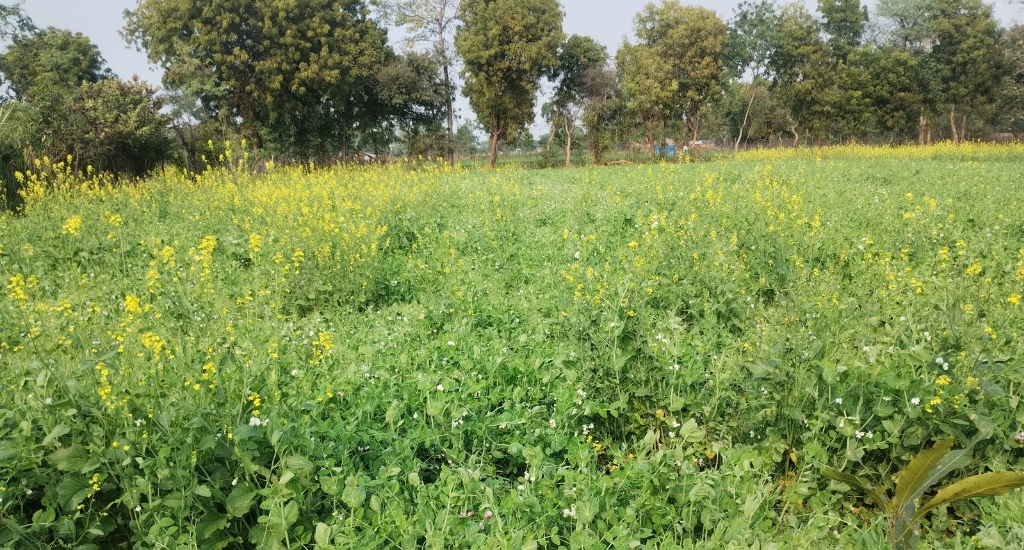
Crop Diversification Programme (CDP) is also being implemented in Original Green Revolution States viz; Haryana, Punjab and Western Uttar Pradesh to divert the area of water intensive paddy crop to alternative crops, like pulses, oilseeds, coarse cereals, nutri cereals.
India is currently the world’s biggest producer and consumer of pulses. It spent a whopping $5 billion on importing pulses such as pigeon peas, black matpe, and red lentils in 2024, making the country the world’s top importer. With the recent budget, India is aiming for self-sufficiency in this category. Through the collaborative efforts of the government, organisations such as Srijan, and farmers like Ahirwar, India is slowly yet steadily inching towards atmanirbharta or self reliance in pulses.
Also read: Recipes that celebrate punchy pulses
The lead photo shows farmer Balchandra Ahirwar and his wife Guddi Devi Ahirwar with their children. (Photo by Susheel Kumar Soni)
Susheel Kumar Soni is a development professional with over 11 years of experience, currently working at the grassroots level as a Project Executive at Srijan. He has worked across projects related to livelihood, natural resource management, natural Farming, rights and entitlements.

